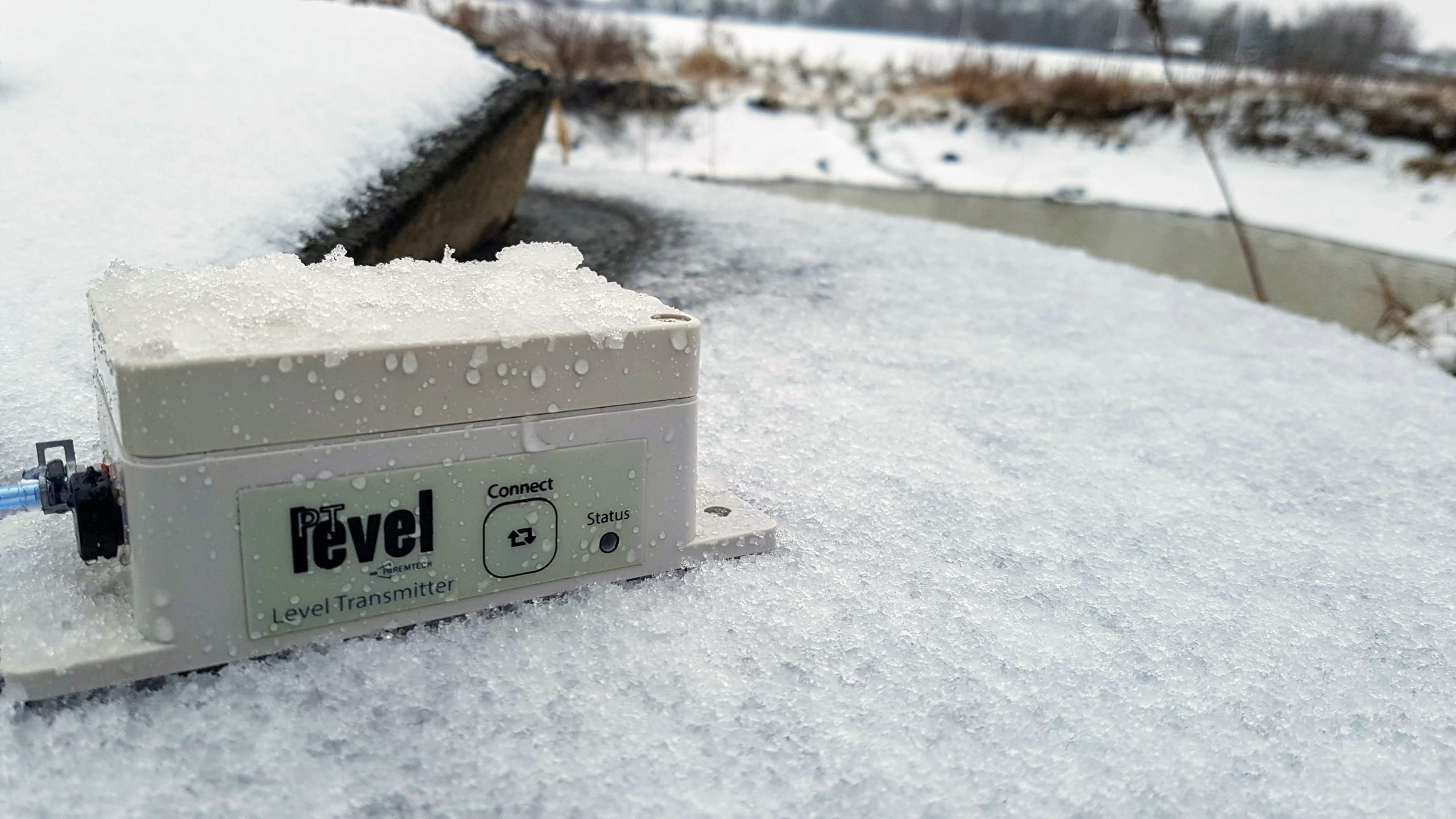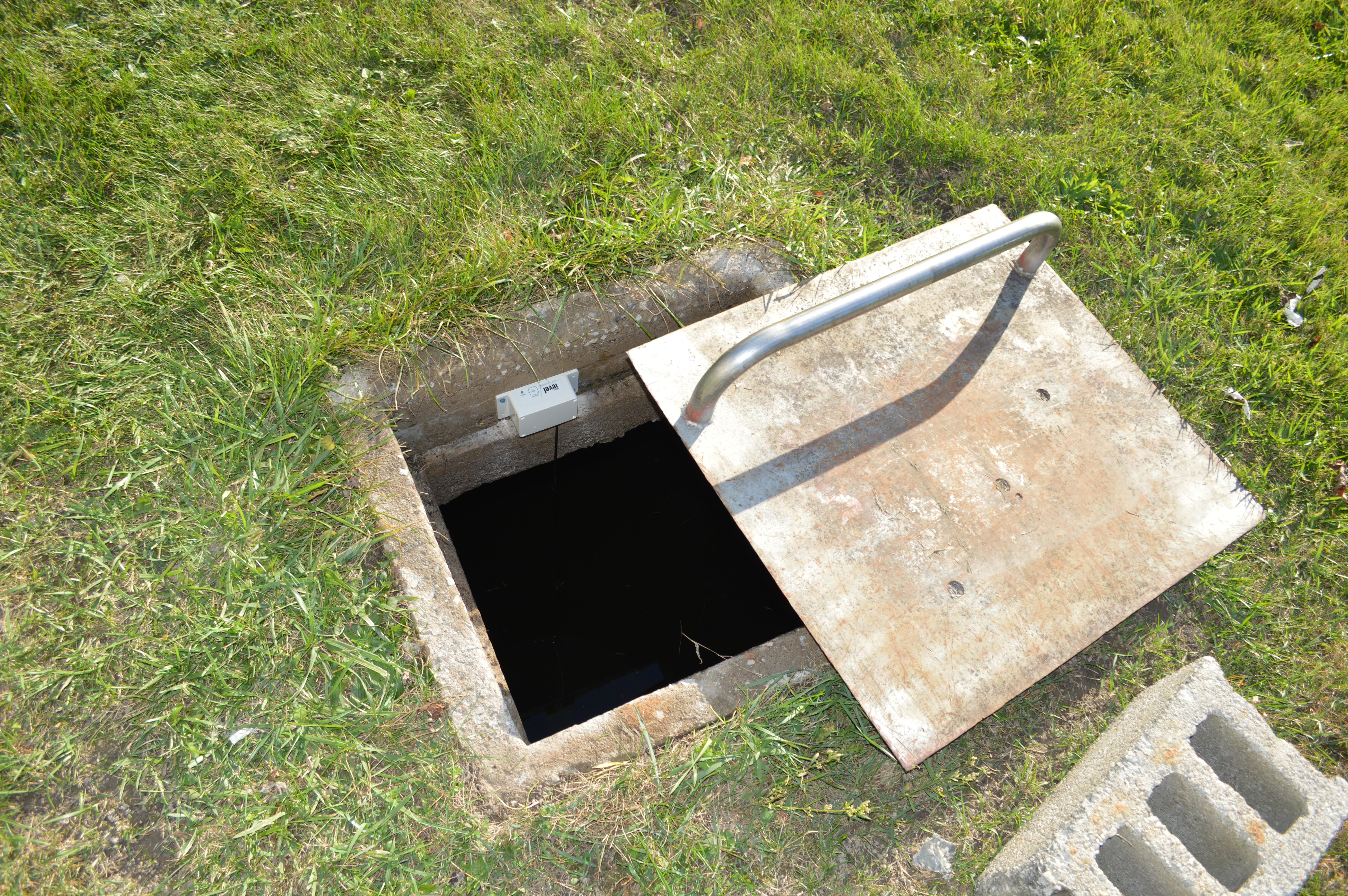5 tips for getting the most accurate readings from a PTLevel
Long Range Wireless PTLevel monitors are an essential tool for monitoring water levels in wells, cisterns, tanks, and septics. They are incredibly useful for tracking water levels (and other liquid levels) remotely by saving time and preventing running out of water. Here are 5 tips to get the most out of your Long Range Wireless PTLevel:
First, it is essential to understand how the PTLevel works. PTLevel’s measure the pressure at the bottom of a tank via a pressure chamber which creates an air pocket and then a sensor measuring the pressure the air pocket creates compares the data to the atmospheric pressure. The pressure chamber is installed at the bottom of the tank, the transmitter then sends this data wirelessly to the receiver which displays it via your ptdevices.com account and WebApp.

Second, put in the right dimensions and calibrate. To ensure the most accurate readings from your PTLevel monitor, it is vital to enter the correct dimensions of your well or cistern into the monitor. This will ensure that the monitor can accurately calculate the depth of the liquid. Calibration is also essential to ensure that the monitor is measuring the pressure correctly. Calibration should be done after installation, and at least once a year, or more frequently if there is a significant change in temperature. It is best to calibrate your PTLevel when your tank is 100%. Your tank must be at least 25% full to calibrate. Having an accurate calibration is key to getting accurate data from your cistern or well.
Third, do quarterly maintenance. Maintenance for the PTLevel is incredibly simple; just lift the pressure chamber out of the liquid and let the pressure chamber drain. Then carefully lower the pressure chamber back in the liquid to create a new air pocket. Press the button on the transmitter and you’re all set. Quarterly maintenance is essential to keep your PTLevel monitor giving the most accurate readings from your cistern, well, or tank.
Fourth, prevent damage to the pressure tubing (commonly caused by kids, pets, lawn mowers). Damage to the pressure tubing can cause inaccurate readings from your cistern or tank. Even a small hole in the air tubing will cause low or zero pressure readings. If you have damaged your tubing or pressure chamber, reach out to our support team at support.paremtech.com.

And finally, change your batteries every 2 years. PTLevel monitors rely on batteries to function, and these batteries do not need to be changed often, only about once every 2 years. Your ptdevices.com account will indicate when your batteries are low, but it’s always good to have a new set of batteries on hand (4xAA).
Following the tips outlined above will ensure that you get the most accurate readings from your PTLevel monitor, which will help you make informed decisions about your water supply. And as always, we are ready to help if you run into problems. Please visit our support page at https://paremtech.com/need_help/!




